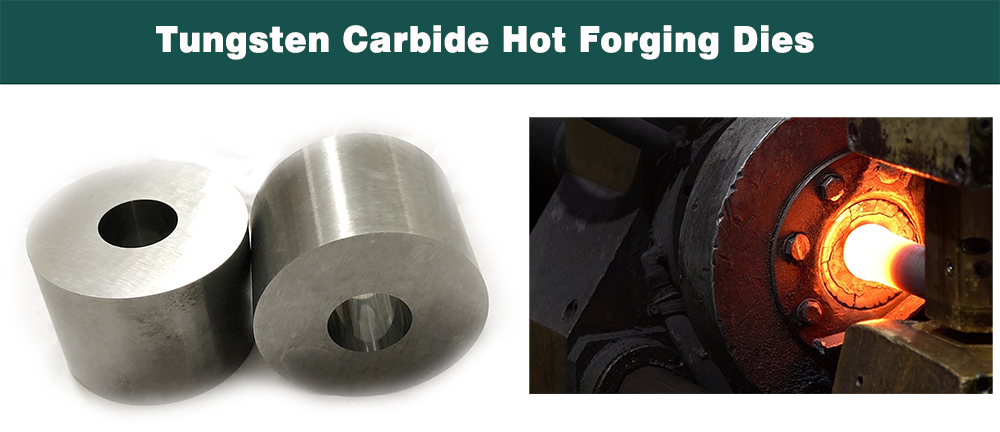What Is Hot Forging

Hot forging and cold forging are two different processes for forming metal that delivers similar results. The manufacturer will look at a number of criteria before choosing which type of forging is best for a particular application.
The Process of Hot Forging Process (Also called Hot Forming)
Hot forging is the process in which the material must be heated to a high temperature to be formed, that’s how the name “hot forging” comes. The average temperatures necessary for hot forging are:
Up to 1150 degrees Celsius for Steel
360 to 520 degrees Celsius for Al-Alloys
700 to 800 degrees Celsius for Cu-Alloys
Heating the material during hot forging raises the temperature above the recrystallization point of the metal. Extreme heat is necessary to avoid strain hardening of the metal during deformation. A type of hot forging called isothermal forging is useful in order to prevent the oxidation of certain metals, like superalloys. In isothermal forging, the process occurs in a highly controlled atmosphere, similar to that of a vacuum.

Hot Forging Considerations
Manufacturers commonly choose hot forging for the production of parts that have a greater influence in the technical arena. Hot forging is also recommended for the deformation of metal that features a high formability ratio. Other considerations for hot forging include:
1. Production of discrete parts
2. Low to medium accuracy
3. Scale Formation
4. Low stresses or low work hardening
5. Homogenized grain structure
6. Increased ductility
7. Elimination of chemical incongruities
Possible disadvantages of hot forging
Less precise tolerances
Possible warping of the material during the cooling process
Varying metal grain structure
Possible reactions between the surrounding atmosphere and the metal
Zhuzhou Better Tungsten Carbide Company is a tungsten carbide provider for over 15 years, we offer tungsten carbide rods, carbide strips, carbide dies, tungsten carbide mining buttons, etc. Most carbide products are used in a condition that needs high performance and high stability even in high temperature. Among all the products, tungsten carbide die nibs will be cold-formed or hot-formed at the customer end to make it with a jacket to increase the useful life of the tool. Hot forging is an important way to combine the carbide die nibs and steel jacket into a tool. Any demand on carbide forging dies, carbide drawing die blanks, welcome contact us.
#tungstencarbide #carbideblank #carbidedie #hotforging #procurement





















